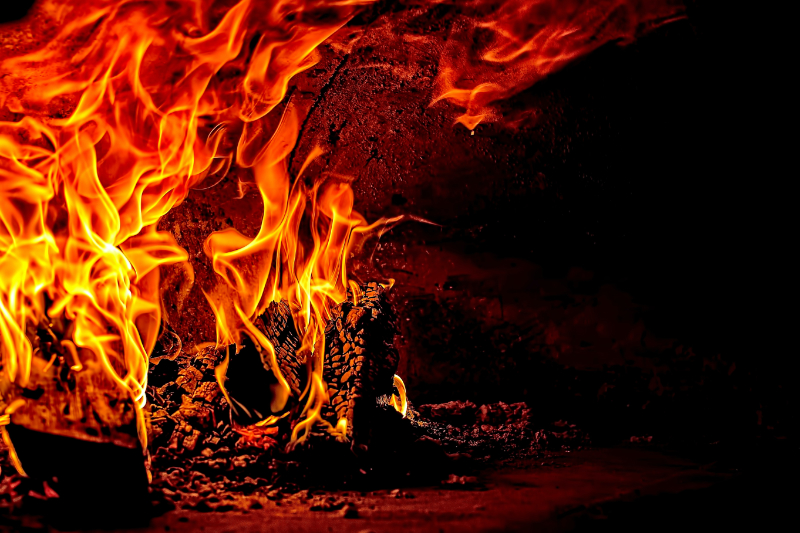Knowledge
05.09.2022 Heat Treatment of Gemstones
Heat treatment is a common method used to “improve” the quality of gemstones.
Today, the vast majority of gemstones sold have been treated because only about 2% of gemstones on the world market are “gem quality” without treatment. The more treatments a stone has undergone or the more intensive the treatment was, the lower its retail value because untreated gemstones are the most valuable.
However, some particularly desirable color varieties occur naturally very rarely, so there is also a demand for certain heated color gemstones.

How does the heating of gemstones work?
Exposing gemstones to heat is a time-honored tradition. For thousands of years, gemstones have been heated in fire or ash to change their color. Nowadays, muffle kilns are generally used for heating, ashing, and annealing workpieces. They are heated to temperatures between 300 and 1,900 °C.
Depending on the mineral and temperature, the heat treatment can change the stone’s color or make it purer. This occurs because inclusions, such as rutile inclusions in rubies and sapphires, melt and diffuse. The final color result is also influenced by the duration of the heat treatment, the atmosphere during heating, and the chemical structure of the surrounding or co-fired materials.

Improve the color and purity of gemstones through heating

There are two types of treatments used to change the color of minerals: low-temperature treatments (up to 1,100 °C) and high-temperature treatments (up to 1,900 °C). Low-temperature treatments are used to trigger color changes, while high-temperature treatments are used to remove inclusions.
Heat treatments above 1,100 °C remove undesirable brown, purple, or purplish hues from rubies. Firing at temperatures above 1,450°C dissolves fine rutile inclusions known as “rutile silk.”
Light blue or milky sapphires become intensely blue when fired at temperatures between 1,250 and 1,700 °C, while colorless to pale yellow sapphires become intensely yellow through heat treatment. Pink sapphires are fired to achieve the coveted orange-pink color variety, “Padparadscha.”
Low-temperature treatments enhance the color of aquamarines, tourmalines, amethysts, and morganites. Thus, pink morganites are heated orange beryls. In the case of aquamarines, amethysts, and tourmalines, the color is refined. For example, the color distribution of naturally occurring amethysts is often irregular. Exposing them to a temperature of about 300 °C makes the color more regular and fuller. However, at temperatures above 470 °C, the color of purple amethysts changes; they turn yellow and become citrines.

Can you tell the difference between heated and untreated gemstones?
The colors resulting from heat treatments are stable; they do not change due to UV irradiation, temperature fluctuations, or other factors.
High-temperature treatments can create blast halos, which are bubble-like halos that form around melted inclusions. These halos can indicate that heat treatment has occurred. However, these can also occur naturally in stones and form during their formation process.
Low-temperature treatments are more difficult to detect. Nevertheless, well-equipped gemological laboratories can determine if a gemstone has undergone low-temperature treatment.
The “Confederation Internationale de la Bijouterie, Joallerie, Oevrerie, des Diamants, Perles et Pierres (CIBJO)” states in its trade rules that gemstones treated with heat must be labeled as such when sold. Common terms for this are “heat treated,” “heat enhanced,” or “heated.” However, these rules are not legally binding; they are understood as commercial practice.
The price difference between a heat-treated gemstone and a natural gemstone can be significant. When buying gemstones for investment purposes, always look for certificates from an independent gemological laboratory. These certificates always indicate whether a stone is naturally colored, untreated, or heat-treated.


